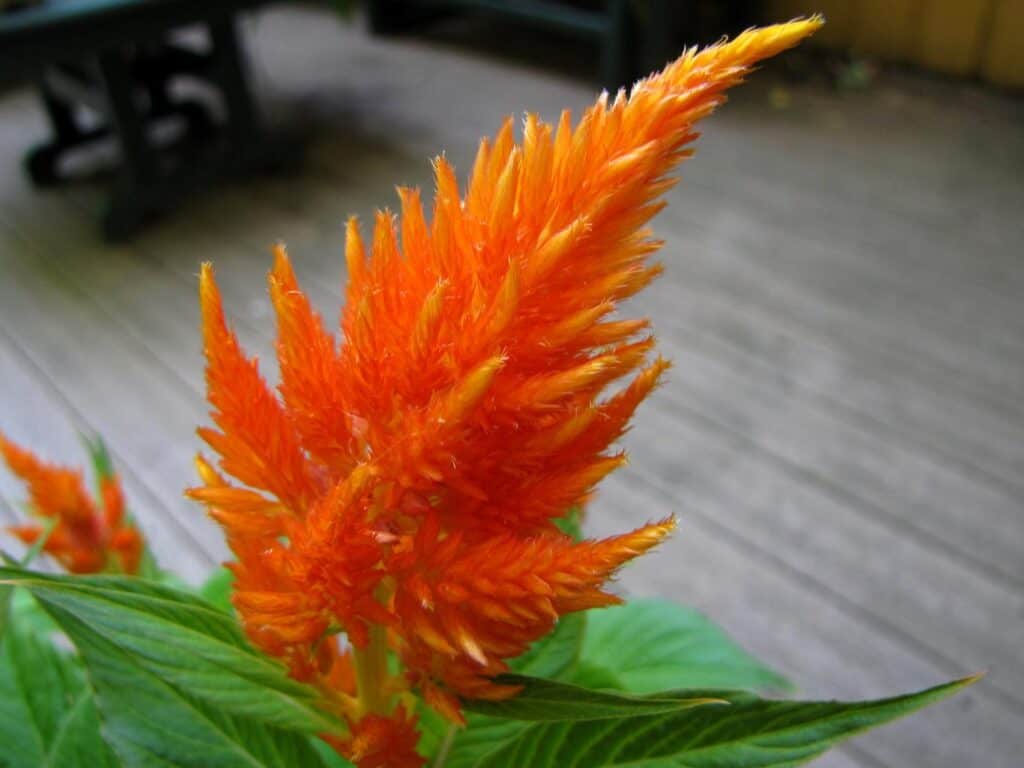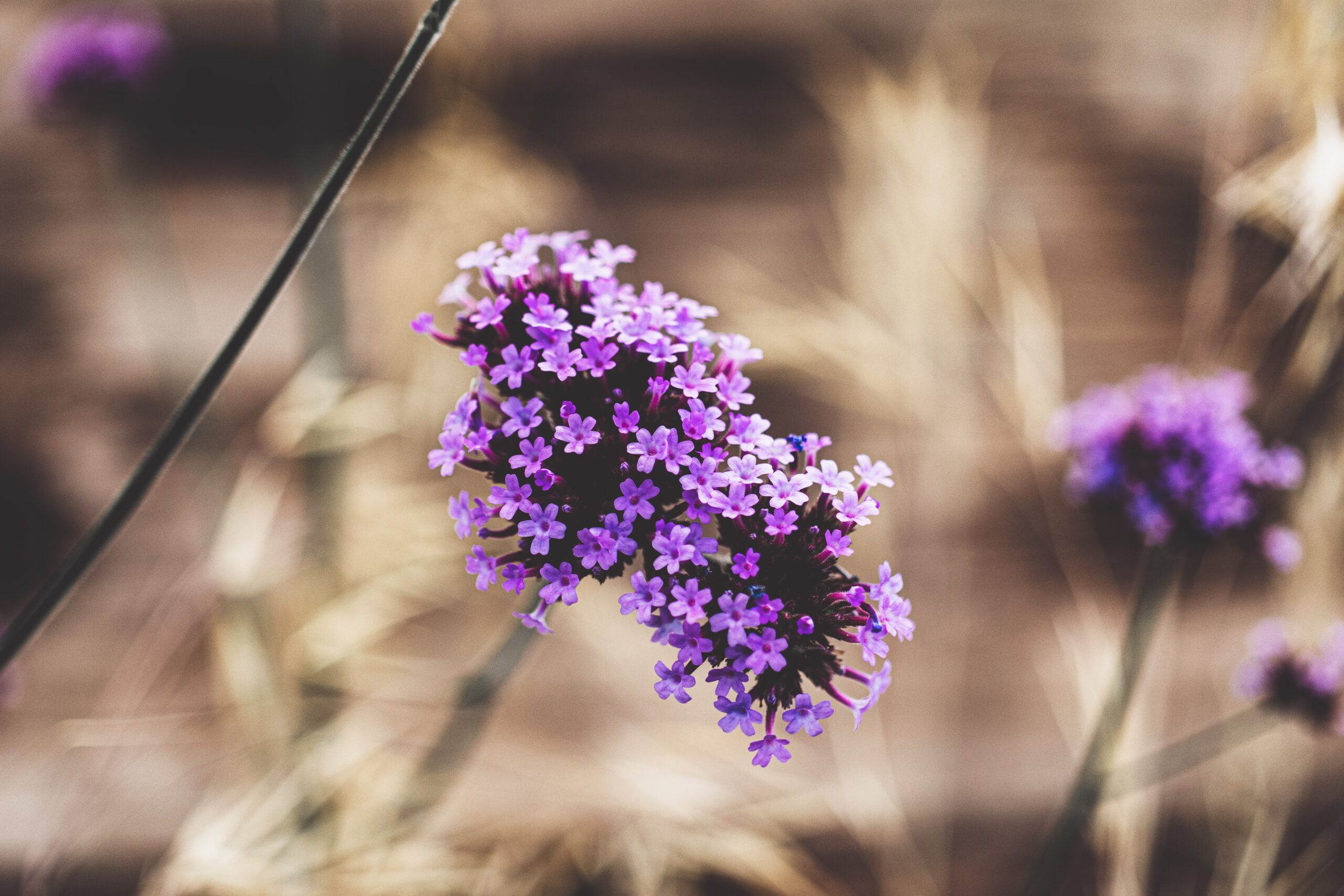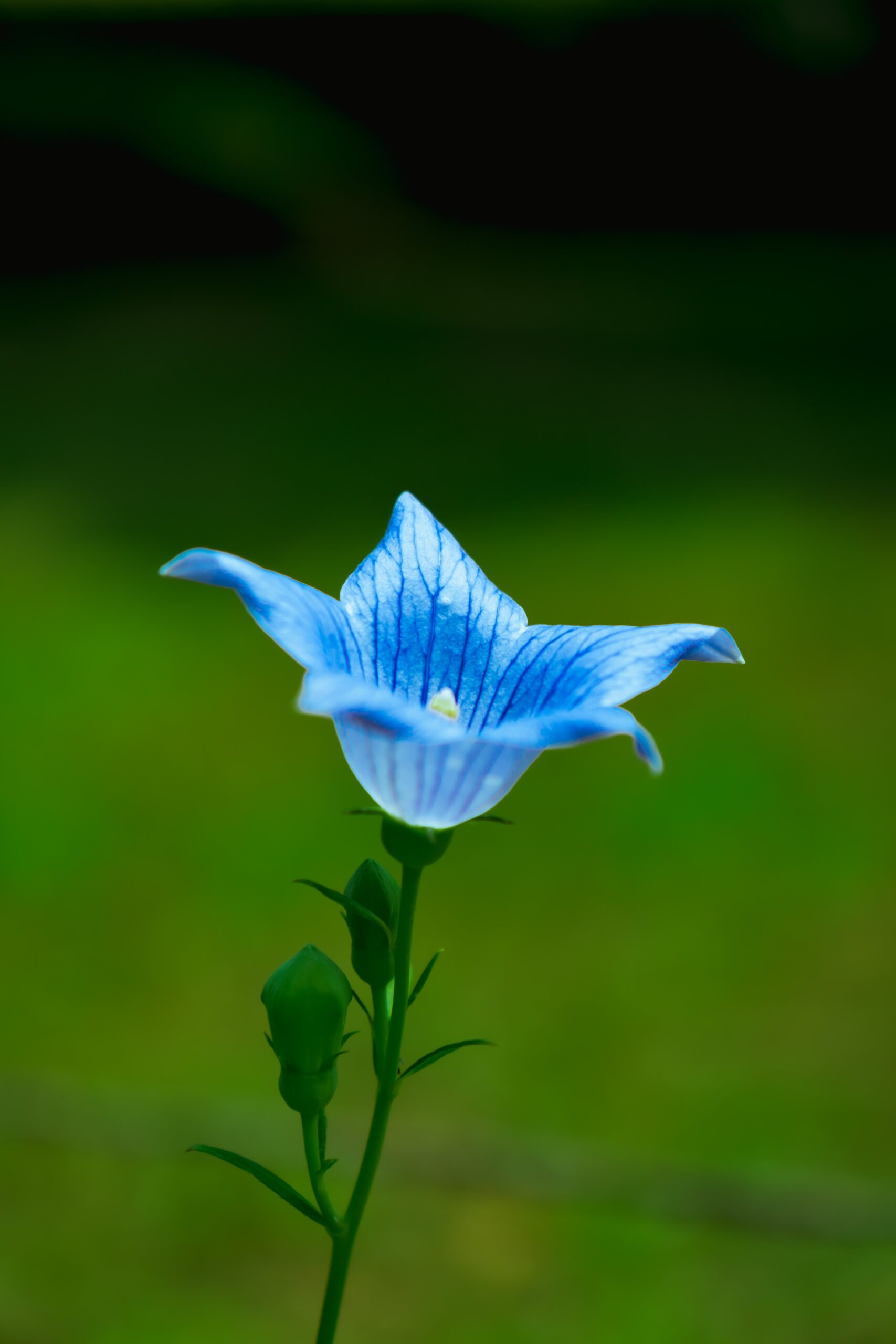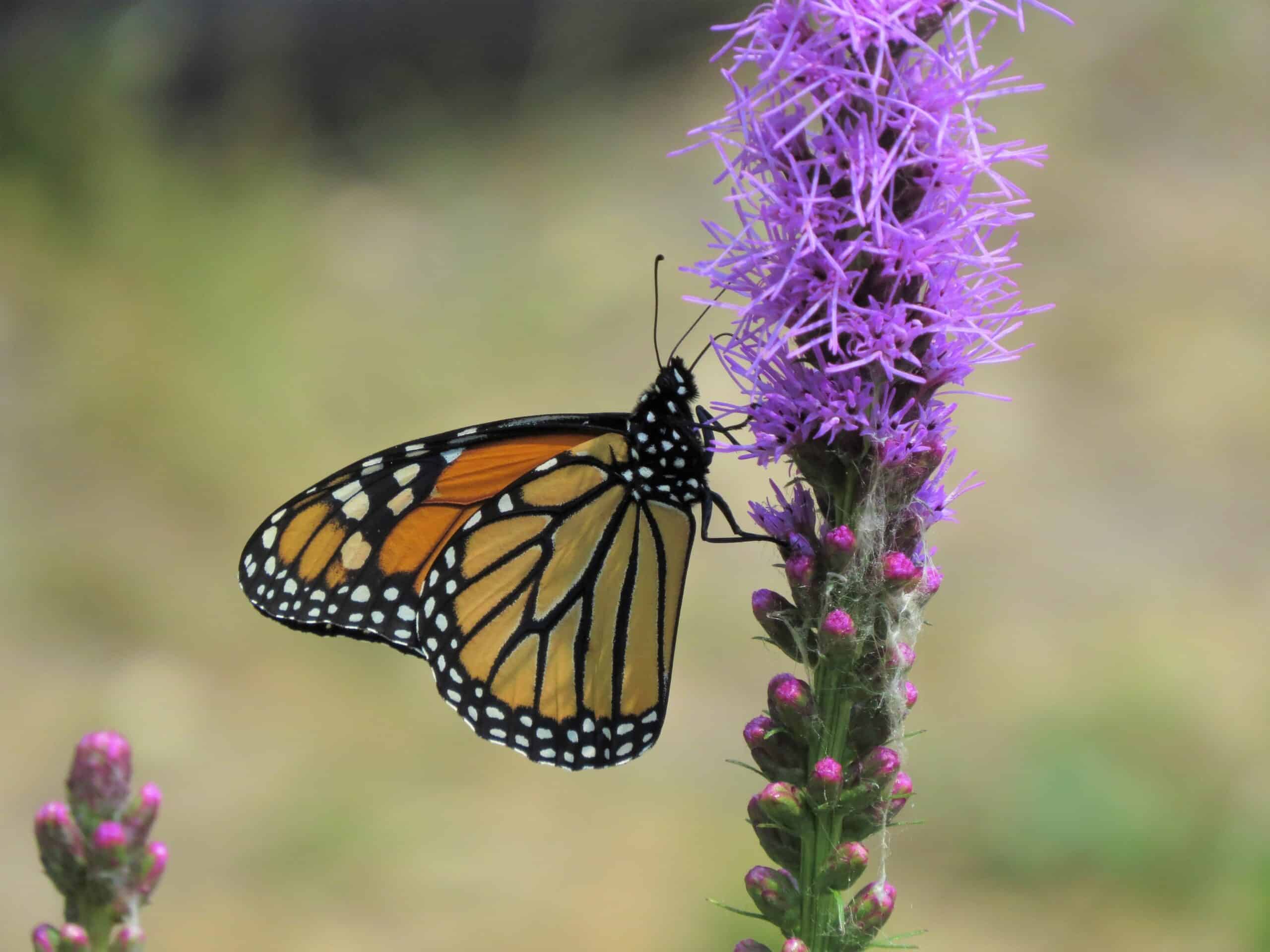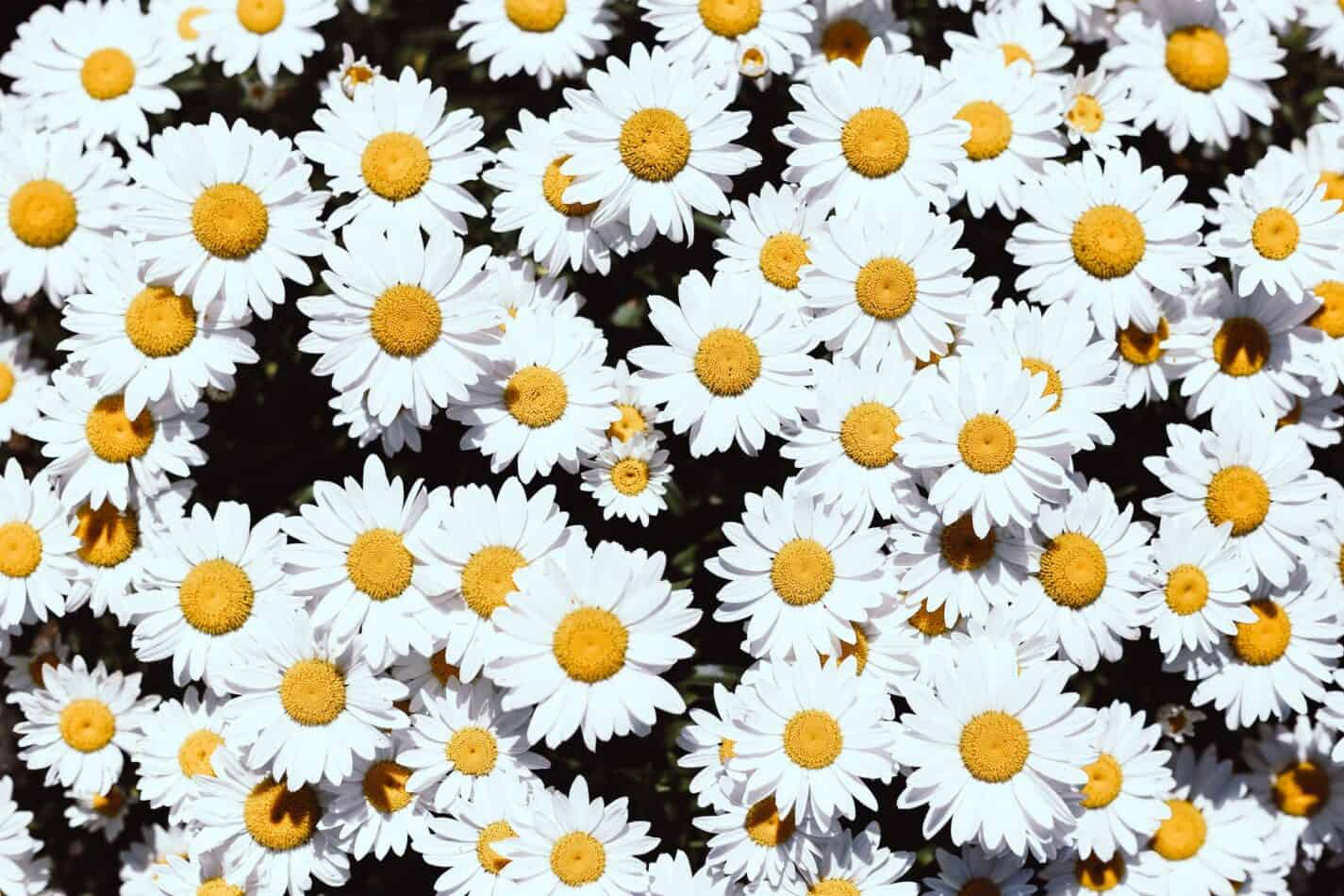There is something intriguing about celosia. A certain Je-ne-sais-quoi that brings a level of mystery and fascination with this exotic plant.
It might be the flame-like blooms, the vibrant colors, or simply because this African native plant brings joy and mood-boosting in any garden with its mere presence. The question of how to grow and care for celosia is a legitimate one. So, if I want to add this lovely plant to my garden, do I need to be a botanist? Celosias are beautiful flowers that come in a wide variety of colors. Their prettiness contributes to endorphorphine-inducing behaviors in humans, as it is always considered a synonym for happiness.
Celosias are annual plants that belong to the amaranth family. They are native to Africa, although this fierce plant’s origin is still disputed. The flower heads are usually yellow or orange.
How to Grow and Care for Celosia
Celosia is an annual flowering plant that grows well in full sun and partial shade. This annual plant blooms most of the summer and into fall. Grow it in containers or on the ground. You can start seeds indoors eight weeks before the last frost date and transplant them outside four weeks after the last date or sow directly in the garden. Water regularly during the growing season; once established, water less often. Remove spent flowers to encourage continuous flowering. Use cuttings to propagate plants. Cut off stems near the base of leaves to promote branching. Divide clumps every three to five years.
Growing tips
Here are some tips, advices and facts about how to grow and care for celosia:
- Celosia is an annual flowering plant grown for its flame-like blooms. Celosias are easy to grow and require little maintenance once established. They do best in rich soil in full sun and well-drained conditions.
- The plants must be staked to keep them upright during growth. If you don’t want to use stakes, you can tie the stems together with string.
- You can harvest the seeds from celosia plants about two months after the flower heads start to brown. To dry the seeds, spread the seed heads on a screen over trays or racks in a warm, dark place such as a garage or basement. Allow the seeds to mature fully before harvesting. Once the seeds have dried completely, store them in airtight containers away from light.
When To Plant Celosia
Celosias bloom best in the summer heat, making them ideal for adding color to your garden. They’re drought tolerant and don’t require much water once established. You can even plant celosias in containers and bring them indoors during winter.
Starting Celosia From Seed
Celosias are one of the easiest plants to start from seed. Soak seeds overnight in warm water, drain off excess moisture, place them on damp paper towels, cover the seeds with plastic wrap, and store them in the dark. After about four weeks, you’ll see tiny sprouts emerge. Once germination begins, it takes about three months for celosias to reach maturity.
What’s the Right Care for Celosia?
Celosia plants are easy to grow, require little maintenance, and provide beautiful blooms throughout summer. They are ideal for hanging baskets, window boxes, and flower beds. These attractive annuals bloom best in partial shade and do well in most soils.
The following information about caring for celosias will help you choose the best variety for your garden.
- Water
Water celosias thoroughly when they begin to show signs of stress. Watering deeply encourages root development and helps prevent disease problems. Water only when the top inch of soil feels dry. Do not let the soil become soggy.
- Soil
Most varieties of celosias prefer loam soil with plenty of organic matter. The soil should be moist but not wet. Avoid fertilizing celosias because this may cause leaf burn.
- Sunlight
Full sun provides more warmth than shade, so plants get at least six hours of direct sunlight daily.
- Temperature and Humidity
Celosia is easy to grow and tolerates cold temperatures well. They prefer warm temperatures during the day and cool temperatures at night. They do best in humid conditions. In summer, it is important to keep the soil moist. If you live where there is a lot of rain, consider planting celosias in raised beds or containers.
- Fertilizer
Do not apply Fertilizer to celosias unless specifically recommended by a professional. Some varieties need extra nitrogen, while others benefit from phosphorus and potassium.
Pruning and Maintenance
Pruning celosias regularly keeps them looking their best. Remove dead flowers and leaves that fall below the ground. Cut back stems by half every two years. This promotes new growth and prevents flowering branches from becoming too large.
Common Celosia Problems and Pests
Several pests and diseases are associated with celosias. Most of these problems affect young plants, so if you notice any symptoms, try to remove infected material before it spreads.
- Spider Mites
These small insects feed on celosias’ foliage and leave unsightly webbing behind. Spider mites are commonly seen in hot, dry climates. To control spider mites, spray plants with insecticidal soap once per week until the infestation has been eliminated.
- Slugs & Snails
Slugs and snails love celosias as an excellent food source. To deter slugs and snails, put down floating row covers over your celosias. Floating row covers also protect against aphids and other pests.
- Mealybugs
These soft-bodied bugs suck the sap out of plant tissue. You can usually see white spots on the underside of leaves where they have fed. Mealies are particularly fond of celosias. Use sticky traps to catch them.
- Flea Beetles
These beetles chew holes in leaves and stems. Flea beetles are especially attracted to celosias. Handpick beetles or place sticky boards around your plants to trap them.
What we love from Amazon this week
Buy these wonderful flowers directly from Amazon:



